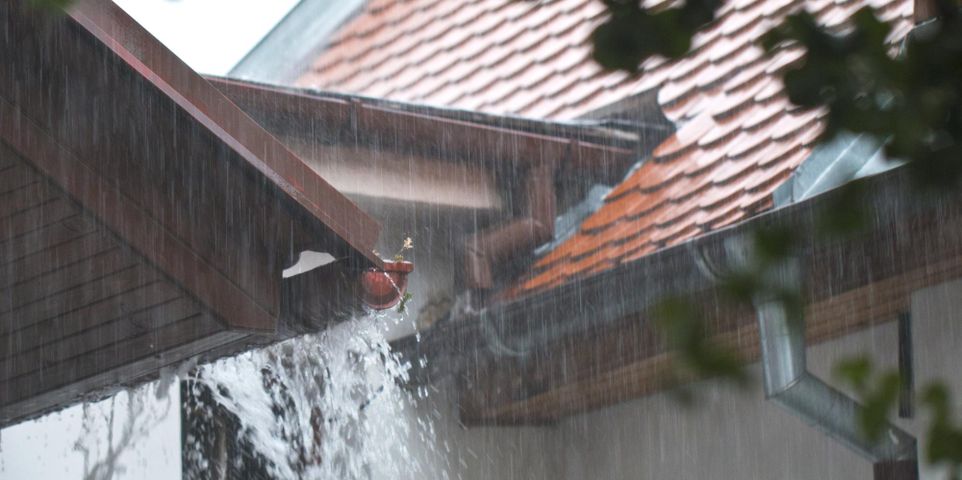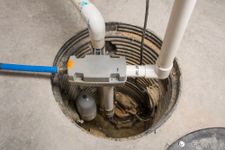How to Prepare Your Sump Pump for the Spring

Spring showers might encourage beautiful new blooms in your yard, but it can also cause basement flooding if you’re not prepared. Because of the increase in rain, a well-functioning sump pump is most important during the spring season. Take some time with your plumber to prepare your system for the season.
A Spring Care Guide for Sump Pumps
1. Clean
The pit’s screen is designed to catch any debris that falls into it to prevent the water lines from clogging up. When the screen fills up, it will block your drainage. Unplug the pump and disconnect it from the discharge pipe. Pull it out and rinse off the screen at its base.
2. Test
 Your pump is meant to kick on once the water level in the pit reaches a certain point. Test that it’s working by pouring some water into the pit. The float should rise up with the water level, and the sump should kick the pump on. Watch as it works to ensure it removes all of the water before turning back off.
Your pump is meant to kick on once the water level in the pit reaches a certain point. Test that it’s working by pouring some water into the pit. The float should rise up with the water level, and the sump should kick the pump on. Watch as it works to ensure it removes all of the water before turning back off.
3. Upgrade
Your sump pump should be plugged into a ground-fault circuit interrupter (GFCI) outlet to prevent the possibility of electrocution. The GCFI receptacle will detect any short circuits and turn off the power if needed. If your sump pump doesn’t have a backup battery, have a plumber install one. Bad storms tend to bring both flooding and power outages, so you need the pump to run even when the main power is off.
The plumbers at Midwestern Plumbing Service can help prepare your sump pump for the spring season. For over 35 years, they have been serving the homeowners of Cincinnati, OH, and northern Kentucky. In addition to handling all maintenance and installations, they are available 24 hours a day for your emergency plumbing problems. Their Occupational Safety and Health Administration-certified safety director is on-site for every basement plumbing job for safe results. Visit them online to learn more about their services, or call (513) 753-0050 to speak with a plumber and request a free estimate.
About the Business
Have a question? Ask the experts!
Send your question

